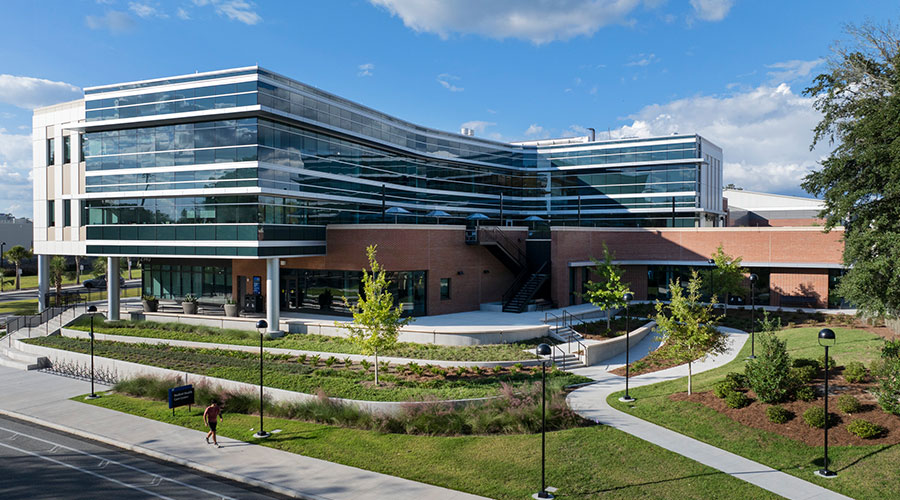Researchers: Lake Mead Could Be Dry by 2021
Researchers at Scripps Institution of Oceanography at the University of California-San Diego say a 50 percent exists that chance Lake Mead, a key source of water for millions of people in the Southwestern United States, will be dry by 2021 if climate changes as expected and future water use does not decrease
Researchers at Scripps Institution of Oceanography at the University of California-San Diego say a 50 percent exists that chance Lake Mead, a key source of water for millions of people in the Southwestern United States, will be dry by 2021 if climate changes as expected and future water use does not decrease.
Without Lake Mead and neighboring Lake Powell, the Colorado River system has no buffer to sustain the population of the Southwest through an unusually dry year, or worse, a sustained drought, say Tim Barnett, a research marine physicist, and David Pierce, a climate scientist. In such an event, water deliveries would become highly unstable and variable.
Barnett and Pierce conclude human demand, natural forces that include evaporation, and human-induced climate change are creating a net deficit of nearly 1 million acre-feet of water per year from the Colorado River system. This amount of water can supply roughly 8 million people.
Their analysis of records of past water demand from the U.S. Federal Bureau of Reclamation and calculations of scheduled water allocations and climate conditions indicate the system could run dry even if mitigation measures now proposed are implemented.
The paper, When Will Lake Mead Go Dry?, will appear in the peer-reviewed journal Water Resources Research, published by the American Geophysical Union, and is accessible via its web site
"We were stunned at the magnitude of the problem and how fast it was coming at us," Barnett says. "Make no mistake. This water problem is not a scientific abstraction but, rather, one that will impact each and every one of us that live in the Southwest.
The Lake Mead/Lake Powell system includes the stretch of the Colorado River in northern Arizona. Aqueducts carry the water to Las Vegas, Los Angeles, San Diego and other communities in the Southwest. The system is only at one-half of its capacity because of a recent string of dry years, and the team estimates the system already has entered an era of deficit.
Barnett and Pierce say a number of other studies in recent years have estimated climate change will lead to reductions in runoff to the Colorado River system. Those analyses consistently forecast reductions of 10-30 percent over the next 30-50 years, which could affect the water supply of 12-36 million people.
The researchers estimate a 10 percent chance exists that Lake Mead could be dry by 2014. They further predict a 50 percent chance exists that reservoir levels will drop too low to allow hydroelectric power generation by 2017.
The researchers add that even if water agencies follow their current drought-contingency plans, it might not be enough to counter natural forces, especially if the region enters a period of sustained drought or human-induced climate changes occur as predicted.
The research was supported under a joint program between UC-San Diego, the Lawrence Livermore National Laboratory, and by the California Energy Commission.
Related Topics:











